Top dressing of beets in the open field

Thanks to top dressing, you can significantly increase the beet yield. The qualitative and quantitative characteristics of the root crop are influenced by the time of fertilization, as well as their composition. In the case of proper feeding and high-quality care of a red vegetable, you can get a tasty and healthy product of the correct structure.

What is it for?
Top dressing of table beets in the open field is an important condition for their cultivation. This culture, in the seedling phase, reacts rather painfully to a lack or excess of nutrients. Potassium, phosphorus, nitrogen are considered important elements for the normal growth and development of fodder beets.
Each stage of root crop growth is characterized by the need for certain microelements. Fertilization of a vegetable after 30 days from the moment of germination is considered especially important.
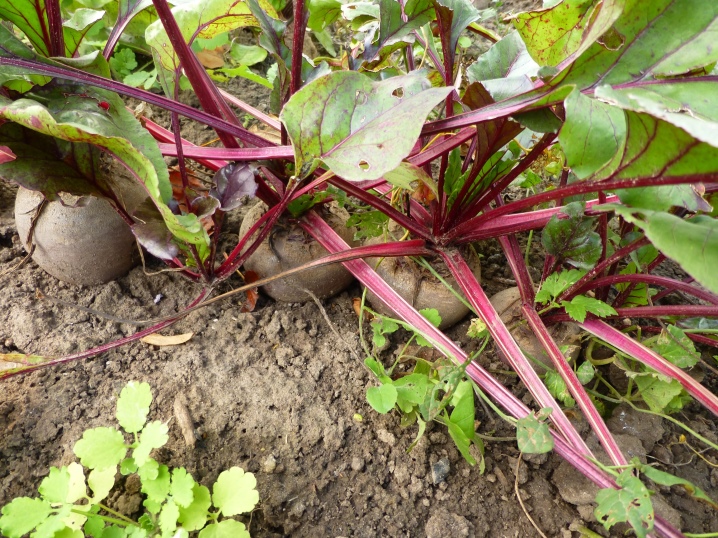
Beets are classified as unpretentious and hardy gardeners, so they do not need complex care measures. It often happens that with proper care, the root crop grows large, but with poor quality characteristics. Fertilizing beets is necessary in order to form the fruit correctly:
- according to the size of the variety;
- with a sweet and pleasant taste;
- not having a rigid and fibrous structure.
If you do not feed this culture, then it will grow unsuitable for human consumption. In order for the vegetable to have sweetness and a pleasant taste, it should be fertilized even on nourished soil.

Timing
Fertilizing beets is necessary in the following steps.
Preparatory
When the soil is preparing for planting seedlings, namely in spring and autumn, when the site is being prepared for planting:
- under digging into the ground, add rotted manure with a layer of 2 - 5 cm;
- dolomite flour and crushed shells are fertilized in the fall in the amount of several glasses per m2;
- wood ash in the spring period of the year in the amount of 0.5 kg per m2 of territory.
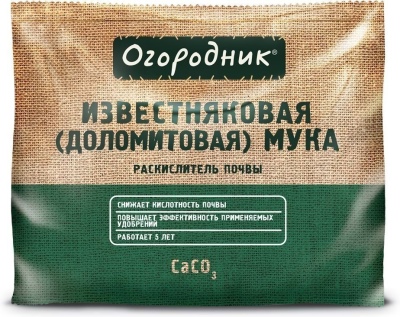
Sowing
When sowing beet seeds, the plant is fertilized only if it has not been fed before. The nutrient should be poured directly into the furrows. Saltpeter, superphosphate and potassium sulfate are introduced in the amount of 10 grams per 1 m3.

In the process of growing
Fertilizers are applied in accordance with the crop vegetation schedule. Feeding scheme:
- the first - at the end of the thinning of the plantations;
- the second - after 21 days;
- the third - a few weeks after the previous feeding.

If late varieties of beets are grown, it will be advisable to fertilize the plant again. The procedure is carried out 4 weeks after harvest.
The best lineups
The first and subsequent feeding of red beets should be carried out only with high-quality fertilizers. The main types of dressings used are mineral and organic. Gardeners can use ash, boric acid or ready-made complex compounds.
Mineral
If you go to the store, you can find a large amount of fertilizers there, thanks to which you can grow a delicious and beautiful vegetable. Mineral fertilizers not only show good results after application, but are also characterized by ease of use. They have a simple dosage and method of application, and they also quickly improve the condition of the root crop.
Simple mineral dressings include the following:
- ammonium nitrate, urea;
- simple or double superphosphate;
- potassium sulfate;
- potassium chloride.

As practice shows, complex fertilizers, when applied under red beets, always show good results. Often they are based on 2 or 3 constituent elements, for example, nitrophoska, ammophoska. The finished fertilizer complex can contain not only P, K, but also macronutrients, which the root crop especially needs. The balance of the set of nutrients allows one product to be used throughout the entire growth of beets.
Organic
In addition to mineral dressings, organic matter can be used for red root crops. The vegetable also reacts positively to it, as well as to mineral products. Poultry and livestock droppings can be a source of nitrogen for crops. Many useful elements are found in wood ash.
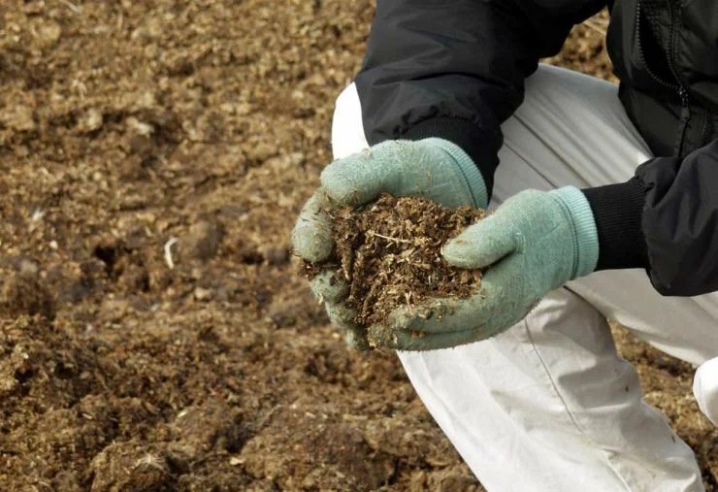
In the case of the correct use of organic fertilizers, it will be possible to do without the use of mineral complexes.
How to use it correctly?
Beets grown outdoors need care and fertilization. You can feed the culture under the root or outside the root system. In order for the procedure to bring the desired result, professionals recommend listening to the following tips:
- during the period of active growth of tops, beets are fertilized with nitrogen-containing compounds;
- all the time it is worth carefully monitoring the state of the foliage in order to determine the lack of certain elements;
- it is better to feed the root crop after irrigation;
- it is recommended to give preference to organic compounds;
- do not limit yourself to root dressings, it is also worth using foliar dressings.
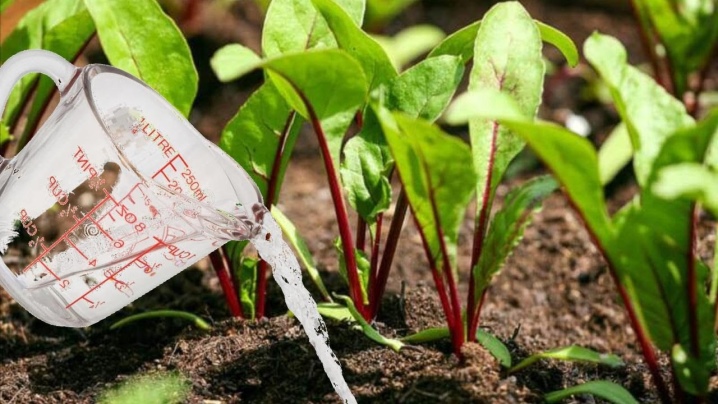
Root dressing
Beets take a lot of nutrients from the soil, so gardeners should know how and how to fertilize them correctly. 10 days before planting the root crop, it is worth introducing 20 grams of ammonium nitrate and 20 grams of ammonium sulfate into the soil. In addition, experts recommend adding 35 grams of superphosphate and 10 grams of potash fertilizers. If the soil is poor, then it must be fed with organic matter in advance.
When growing a root crop, 2 dressings should be carried out:
- in the process of thinning;
- until the foliage closes.
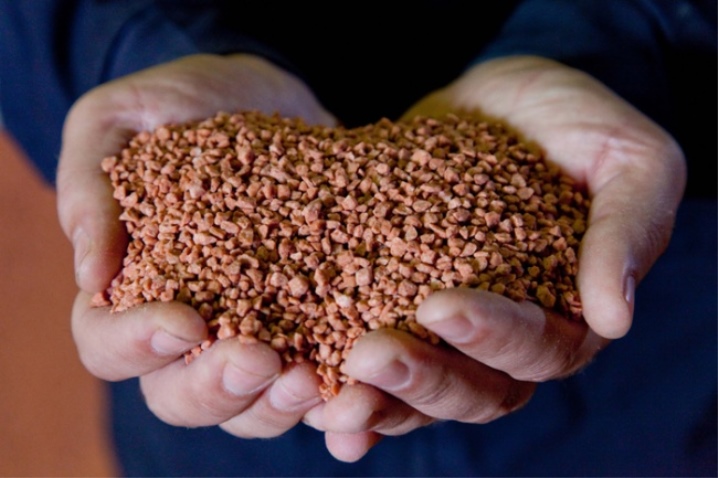
To fertilize the culture, furrows with a depth of 4 cm are formed between the rows and a nutrient solution is poured into them. After fertilizing the beds, it is worth watering abundantly. In order for the plant to form healthy tops, nitrogen will need to be added. It is also recommended to use mullein or chicken droppings. Diluted chicken droppings are watered between the rows of beets at a distance of 5 - 10 cm from the root system.
Experts strongly advise against watering root crops with fresh droppings. An effective option for fertilizing a vegetable is the introduction of top dressing for beets in the spring.
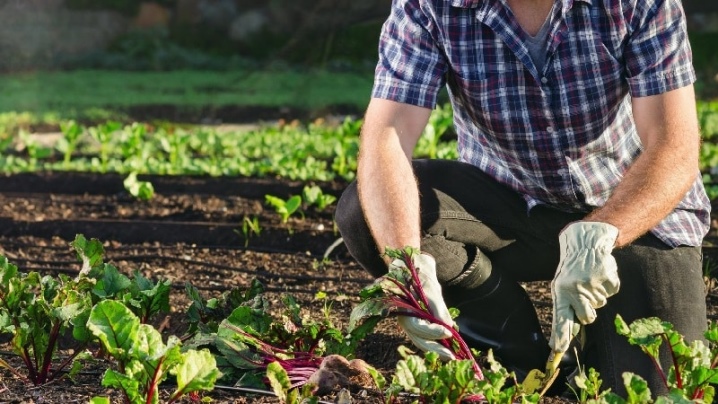
To prepare the nutrient, it is required to dilute 30 grams of nitrate, superphosphate and potassium sulfide in 10 liters of water. This means will be enough to fertilize 10 m of red crop beds.
When the tops of the plant begin to close, the formation of a root crop occurs. It is at this time that the vegetable needs potassium and phosphorus. The best feeding option is considered to be one that has the following composition:
- 0.08 kg superphosphate;
- 0.04 kg of potassium sulfide;
- 10 liters of water.
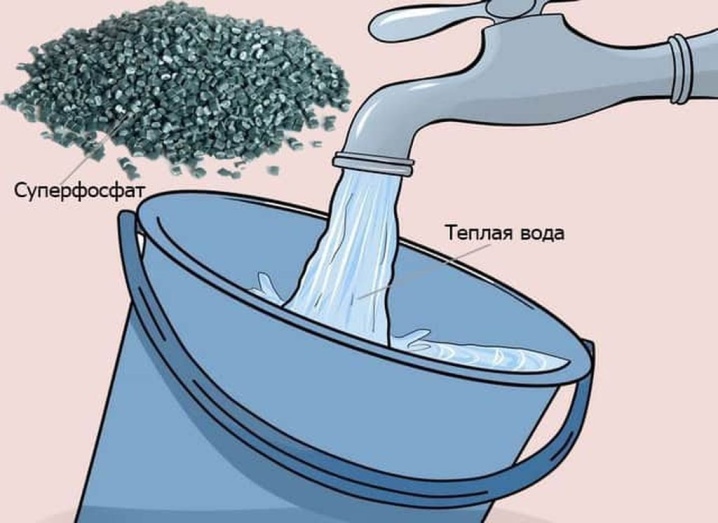
Foliar dressing
In addition to introducing nutrients at the root, gardeners use foliar feed. Such measures are necessary to improve the growth of tops, stems, and crop shoots. In addition, it is worth noting that nutrients from the foliage quickly enter the root zone. Thanks to this, the beets receive more mineral and nutrients.
The following substances can be used as foliar dressings:
- tincture of urea, which perfectly nourishes the beets;
- boric acid in a diluted form is distributed over the tops of the plant;
- manganese is a source of a large number of substances that are necessary for the growth and development of a vegetable.
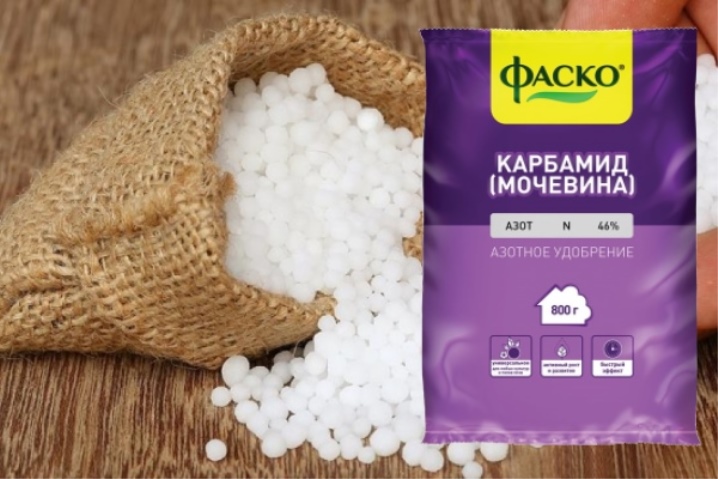
We use folk remedies
To get a good beet crop that is environmentally friendly, many gardeners try to use proven folk remedies. In this case, you can use weeds, yeast and other improvised means.
Saline solution
To fertilize the root vegetable, it is worth using ordinary table salt, not iodized. As you know, salt is a source of sodium, which affects the sweetness of the product. The plant is fed with saline solution three times:
- when the beets have 6 leaves;
- when the root crop peeps out of the substrate by 3 cm;
- in 15 days from the moment of the previous fertilization.

Weed Tincture
To prepare the fertilizer, it is necessary to collect the grass without seeds, put it in a barrel and fill it with water. Insist on the remedy for a week. Then it is filtered and diluted with water in a ratio of 1 to 10. Such a tool is used to water the root crop twice a month.
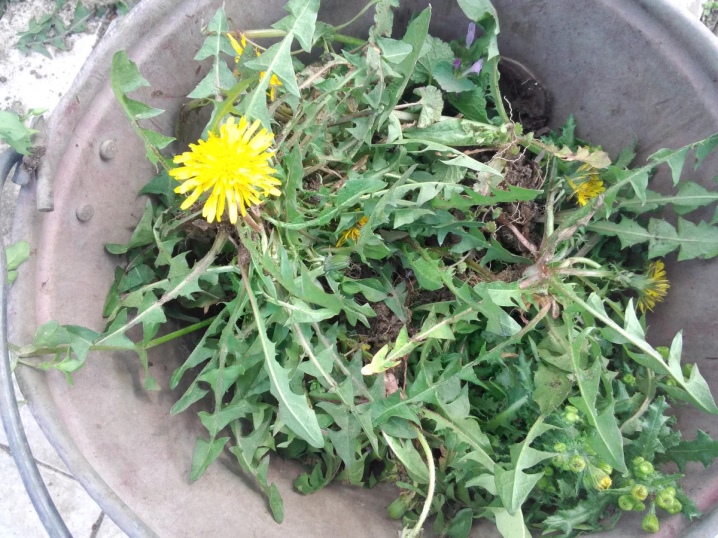
Nettle
This plant is rich in a large number of nutrients, namely potassium, phosphorus, calcium, magnesium. You can use this fertilizer only in accordance with the recommendations:
- nettles can only be used on which inflorescences have not yet formed;
- the grass must be healthy;
- for the preparation of the tincture, yeast or sourdough can be used to speed up the fermentation;
- you can fertilize a culture with such a tool no more than once a week.
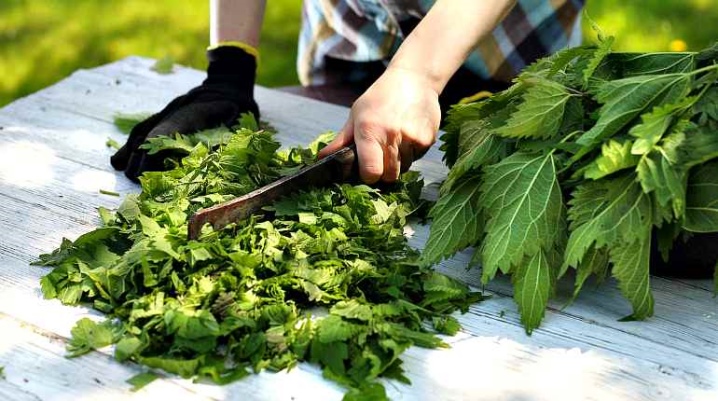
Chicken droppings
This generous source of nitrogen should be used in the early growing season of the vegetable. This type of feeding can be beneficial for any type of soil, it is considered especially effective on acidic soil.
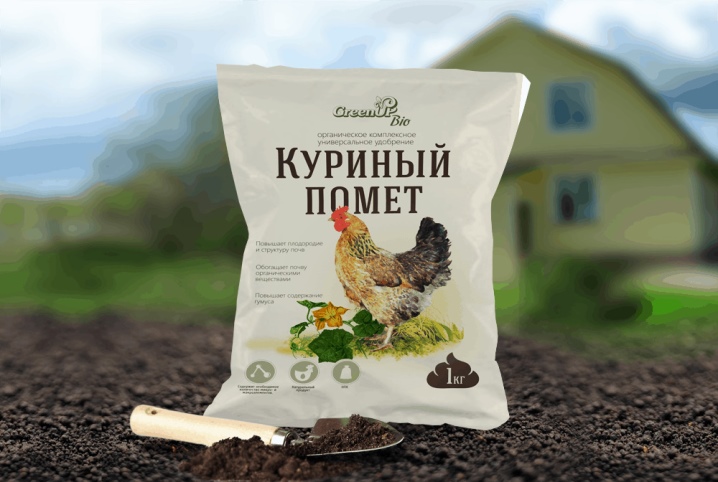
Scheme of using chicken manure:
- the substance is diluted with water in a ratio of 1 to 12; it is categorically not recommended to pour such fertilizer onto the roots, as this can cause burns;
- diluted fertilizer is poured only into specially prepared grooves or between rows.
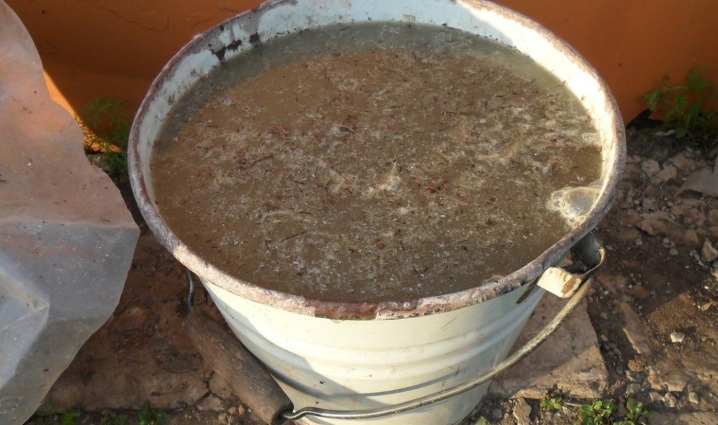
Wood ash
Rich in potassium and phosphorus, magnesium and boron. With the help of such a substance, it is possible not only to improve the structure of the soil, but also to deoxidize it. With the help of this fertilizer, the root crop is fed after sowing the seed, as well as in the phase of active growth of the fruit. To prepare an ash solution, it is necessary to dilute 2 glasses of ash with a bucket of water. After that, the fertilizer is infused for several hours and watered with beet beds.
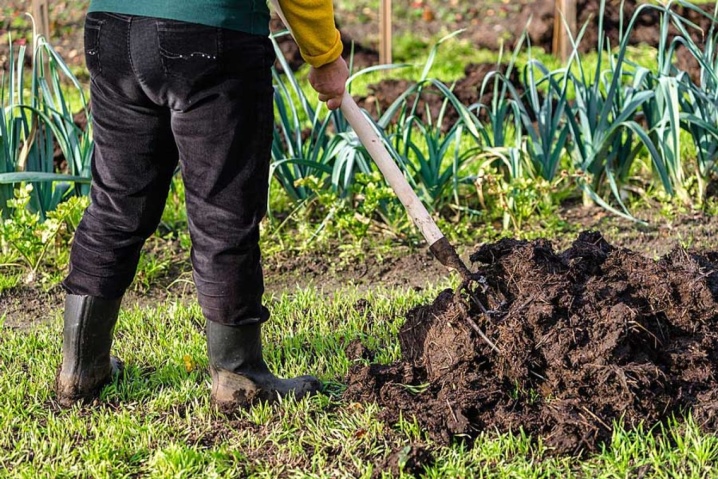
Yeast
The yeast familiar to every housewife, which is introduced into the soil, is able to increase the growth of beneficial bacteria, which, when processing organic matter, saturates it with nitrogen and potassium. Preparation of yeast solution:
- 1000 grams of live yeast is diluted in 5 liters of water;
- the substance is insisted for 2 hours;
- diluted with liquid in a ratio of 1 to 10.
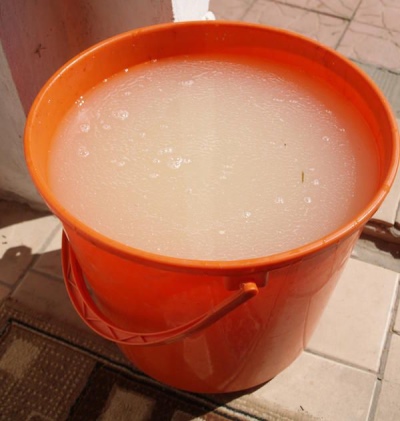
Watering beets with a yeast composition is carried out three times:
- after emergence;
- 20 days after the first feeding;
- a couple of months after the first feeding.
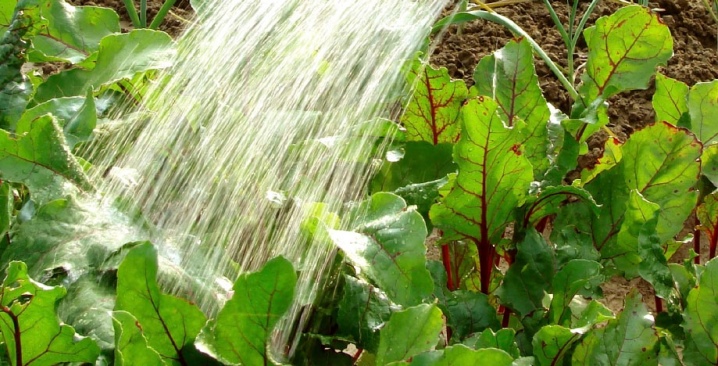
When feeding beets, the gardener must take into account that not only a deficiency, but also an excess of minerals can negatively affect the condition of the root crop. The opinion that the more fertilizer is applied to the plant, the better it will grow is wrong. Fertilizing the culture should be introduced deliberately and alternately. In order for the beets to grow well in the warm season, before planting root seeds, it is worth adding sand and sawdust to the soil.
How to feed beets, see the video.













The comment was sent successfully.